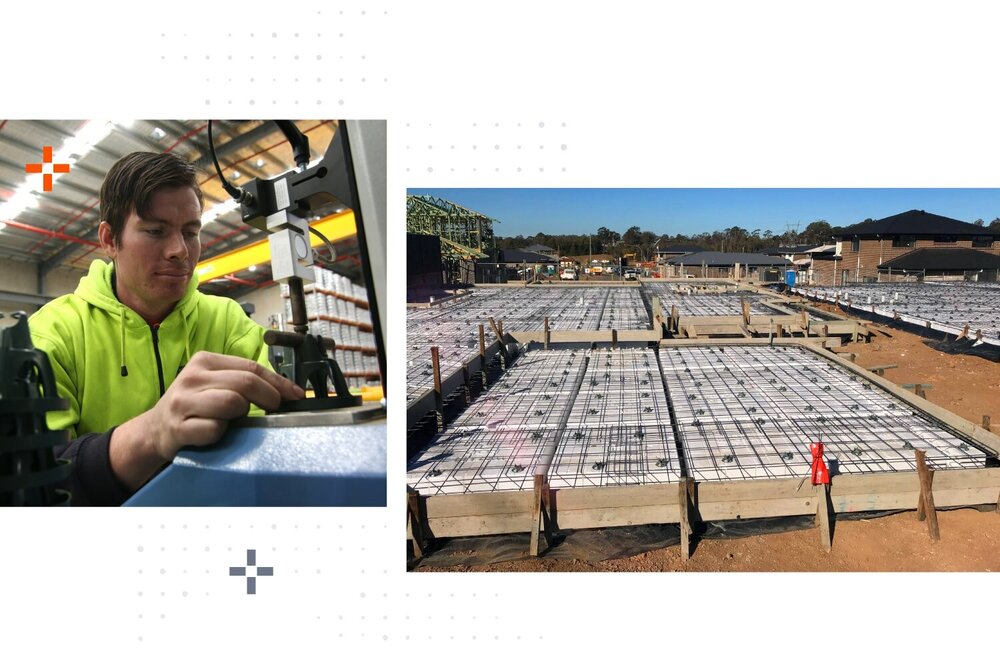Expanded polystyrene, also known as EPS, is a highly durable material used in a wide variety of consumer products. These can be found almost anywhere, your local grocery store (plates, mugs, food containers, etc.) and your local electronics store (insulation for refrigerators, coolers, etc.), plastic utensils made of styrene, CD cases, and cloth hangers are all made of styrene. Clean Polystyrene scrap is also an excellent insulating material.
EPS foam starts with very small beads, also known as sand-like grains in texture. To make EPS foam blocks from these small raw balls, they must be "inflated" into larger balls that are approximately 50 times their original size. This is called the pre-expansion process.

Depending on the required density, the nipple is blown with steam in a machine called an expander or steam. The expander can be a simple manual machine in which workers place raw materials and then ignite steam. Or it could be an automaton where the material is automatically blown. At this stage, the beads—up to 50 times their original size—are called pellets and are ready to be shaped.
The pre-expander continuously operates without pressure and is equipped with a mixing tank which opens at the top, through which raw materials are continuously fed from below via an adjustable screw conveyor. Steam is also fed continuously to the pre-expansion chamber via a port directly above the tank.
Regardless of which pre-expander is used, they all carry the expanded granules to what is known as a fluid bed dryer, where they are dried and stabilized before being transported to a storage silo.